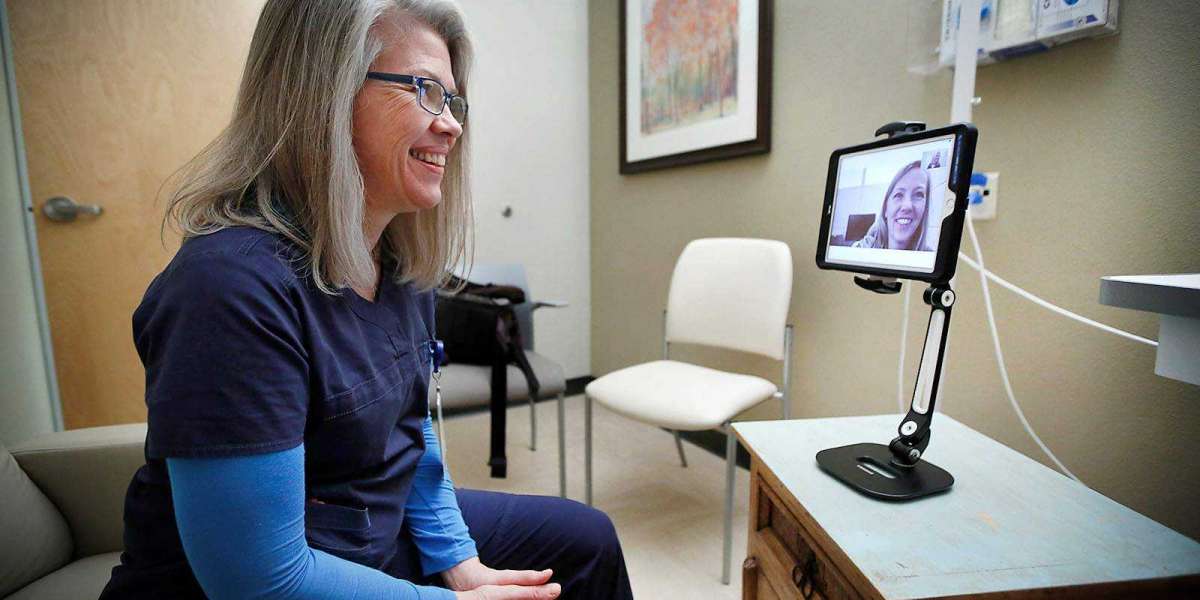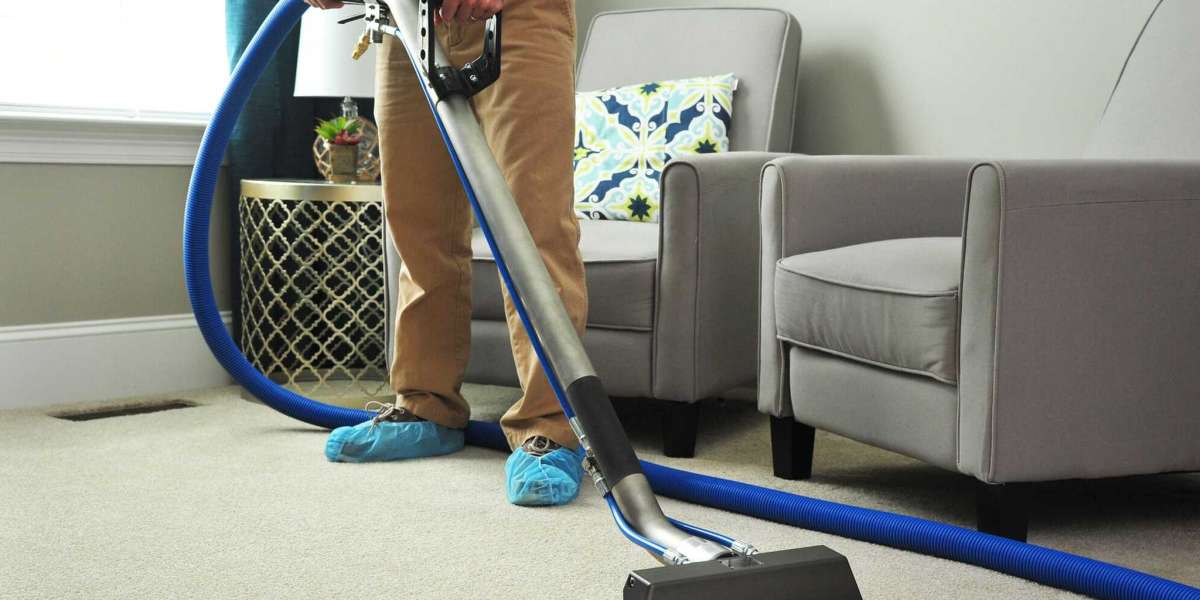In the modern healthcare environment, implementing a Medical Virtual Receptionist is not just an option. It is a decision many clinics now make to stay patient-focused and reduce admin pressure.
Why Front‑Desk Efficiency Matters?
Running a healthcare practice involves more than clinical care. Admin work takes up time and increases costs. Recent data shows that more than 40 % of hospital expenses come from administrative tasks. Patients also want simple and fast access. Nearly 79 % prefer digital tools for booking and communication.
Traditional front desks often deal with:
- Long hold times
- Missed calls
- Cancellations and no-shows
- Overworked reception staff
These issues affect patient satisfaction and may also reduce income for the practice.
What does a Medical Virtual Receptionist do?
A medical virtual receptionist handles the same duties as an on-site receptionist but does it remotely. This includes:
- Booking and confirming appointments
- Answering calls, emails, and chats
- Checking insurance and pre-approvals
- Routing calls and responding to FAQs
- Working with your EHR system
By using a virtual healthcare receptionist, your team can focus on patients while the system handles everyday tasks. Clinics using this setup report that call wait times dropped by as much as 96 %.

Key Benefits for Healthcare Practices
1. Lower Administrative Costs
Using a healthcare virtual receptionist can cut front desk costs by around 30 % compared to in-office staffing.
2. Fewer Missed Calls and Appointments
Missed calls and no-shows reduce revenue. One study showed that missed appointments dropped by 25–35 % after switching to virtual medical receptionists .
3. Better Access for Patients
Patients want to reach out after office hours. A virtual medical receptionist can support your practice at any time. This makes it easier for patients to stay connected.
4. More Time for Staff
When admin work is offloaded, your in-house team can assist patients more. This boosts job satisfaction and reduces staff turnover.
5. Easy Growth
You can grow your practice or handle busy seasons without changing your location. A virtual healthcare receptionist can keep up with added call volume or new services.
How to Start Using a Virtual Reception Model?
Step 1: Review Your Front Desk
Look at the daily workload. Track wait times, no-show rates, and the volume of unanswered calls. Find out where your front desk is slowing down.
Step 2: Choose a Service
Pick a system that works with your EHR. It must follow HIPAA rules, and it should answer calls, emails, and chats. A good virtual medical receptionist service should also let you set up custom scripts and after-hours coverage.
Step 3: Set Up and Train
Connect the system to your existing tools. Set clear rules for how it will answer and forward calls. Train your staff to help with this shift and tell your patients about the new setup.
Step 4: Watch and Adjust
Use key data to check progress:
- How fast are calls answered?
- How many calls are missed now?
- Is the no-show rate going down?
- Are patients happy with the response?
Some clinics reduced wait times by 40 % and saw fewer missed appointments after just a few months .
Real World Trends
A clinic using a virtual healthcare receptionist at night and on weekends reported a 30 % drop in no-shows in three months. Wait times also improved .
The market for virtual medical receptionists reached USD 1.03 billion in 2023. It is expected to grow to over USD 12.9 billion by 2032.
Things to Consider
- Staff may be unsure about the change, so explain the benefits clearly.
- If the system does not work well with your EHR, it can cause mistakes.
- Patients must still feel cared for, even if they speak to a remote service.
- Protect patient data with HIPAA-compliant tools and security settings.
- Review your service plan to make sure it fits your volume and needs.
What Comes Next?
The virtual medical receptionist is not just for answering calls. In the near future, these systems will also:
- Use smart tools to guide patients to the right service
- Book both in-office and telehealth visits
- Show patterns in patient communication so clinics can adjust faster
This is a shift toward full front-desk support that saves time for everyone.
Conclusion
A Medical Virtual Receptionist does more than answer phones. It helps your practice respond faster, spend less on admin work, and give patients a better experience.
With proof of lower costs and better access, switching to a virtual medical receptionist makes sense for today’s healthcare practices.
Frequently Asked Questions (FAQs)
Q1: What is a medical virtual receptionist?
A medical virtual receptionist is a remote worker or software that handles scheduling, calls, and admin tasks for clinics.
Q2: How does a virtual healthcare receptionist reduce no-shows?
It sends reminders, offers simple rescheduling, and stays available beyond normal hours.
Q3: Can a healthcare virtual receptionist work with my EHR?
Yes. Most systems can connect with your EHR and update records in real time.
Q4: Is using virtual medical admin jobs safe under HIPAA?
Yes. Top services follow HIPAA rules and use secure systems for data.
Q5: What savings can I expect from virtual medical receptionists?
You can cut front desk costs by up to 30 % and reduce missed calls and no-shows.
Q6: How should I choose a virtual medical receptionist service?
Look for one that matches your hours, handles multiple channels, connects with your EHR, and keeps your data secure.










